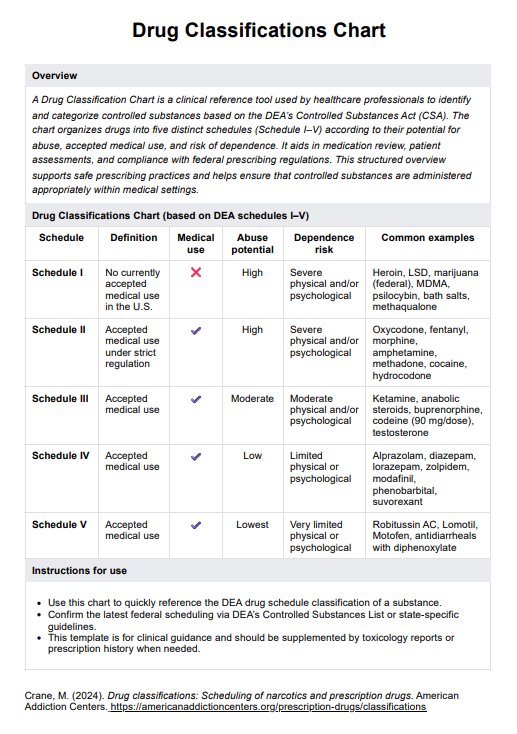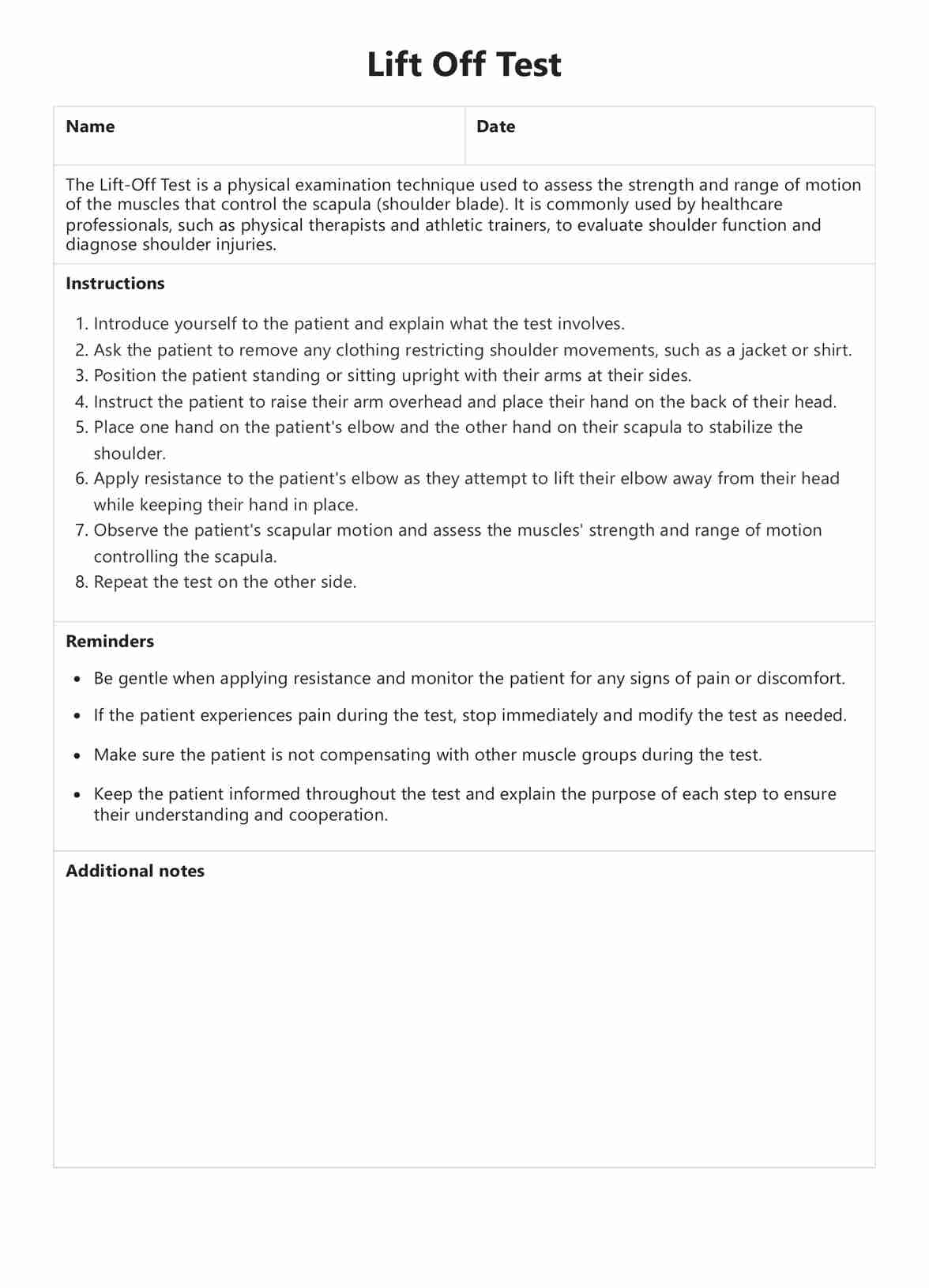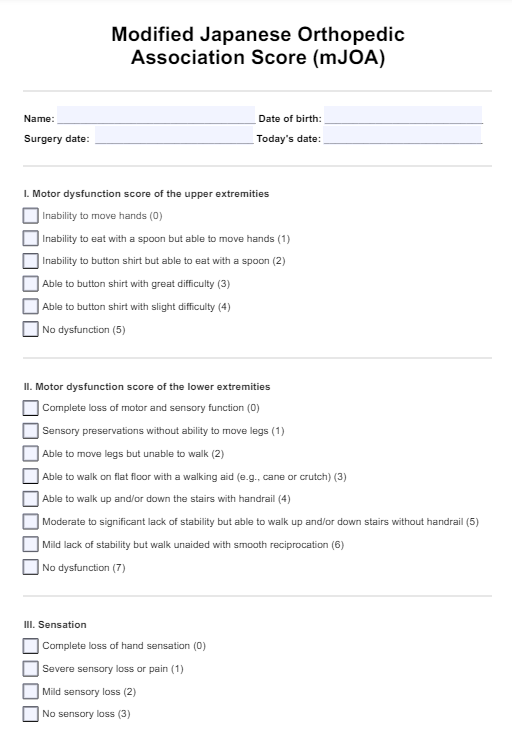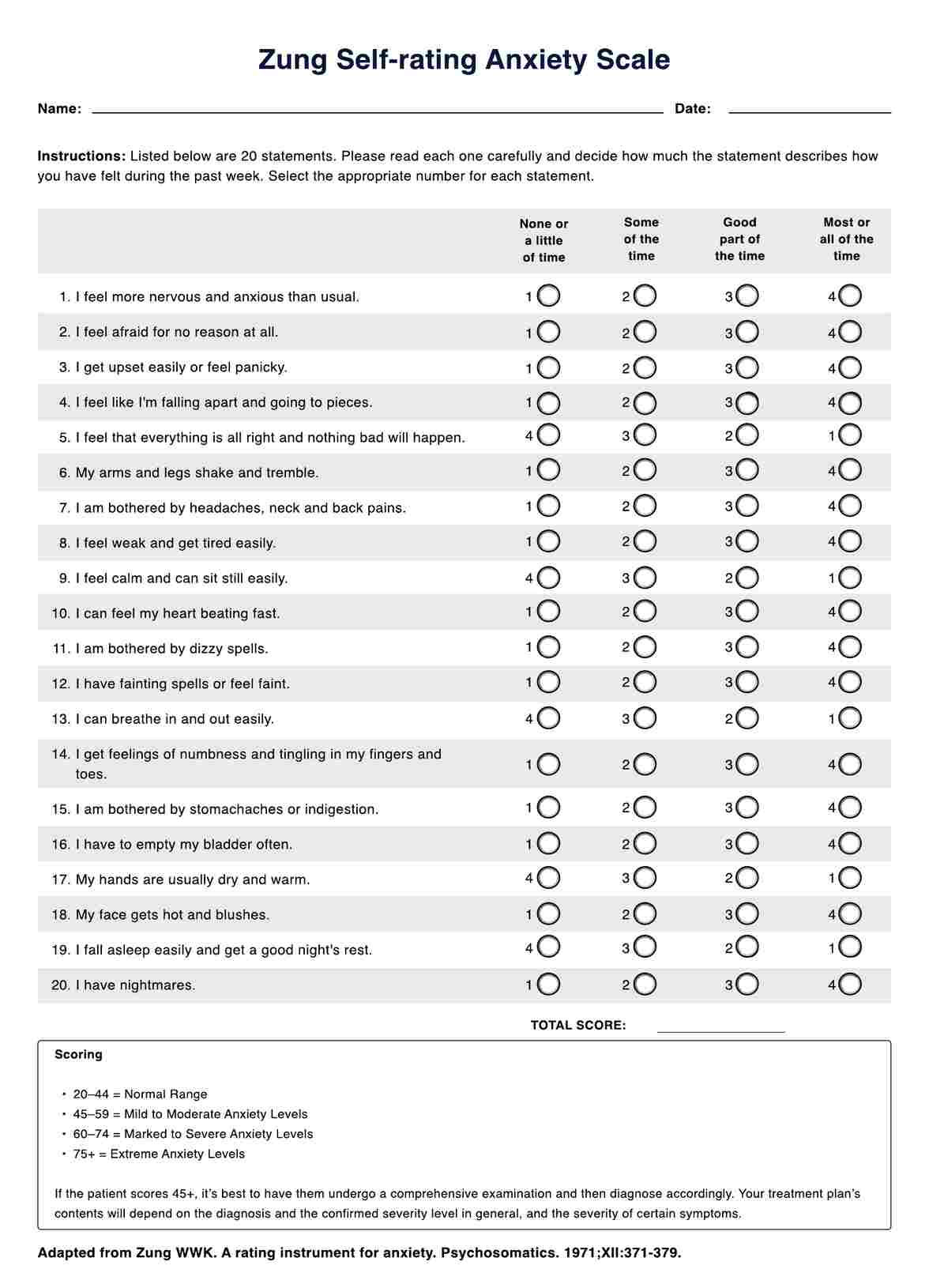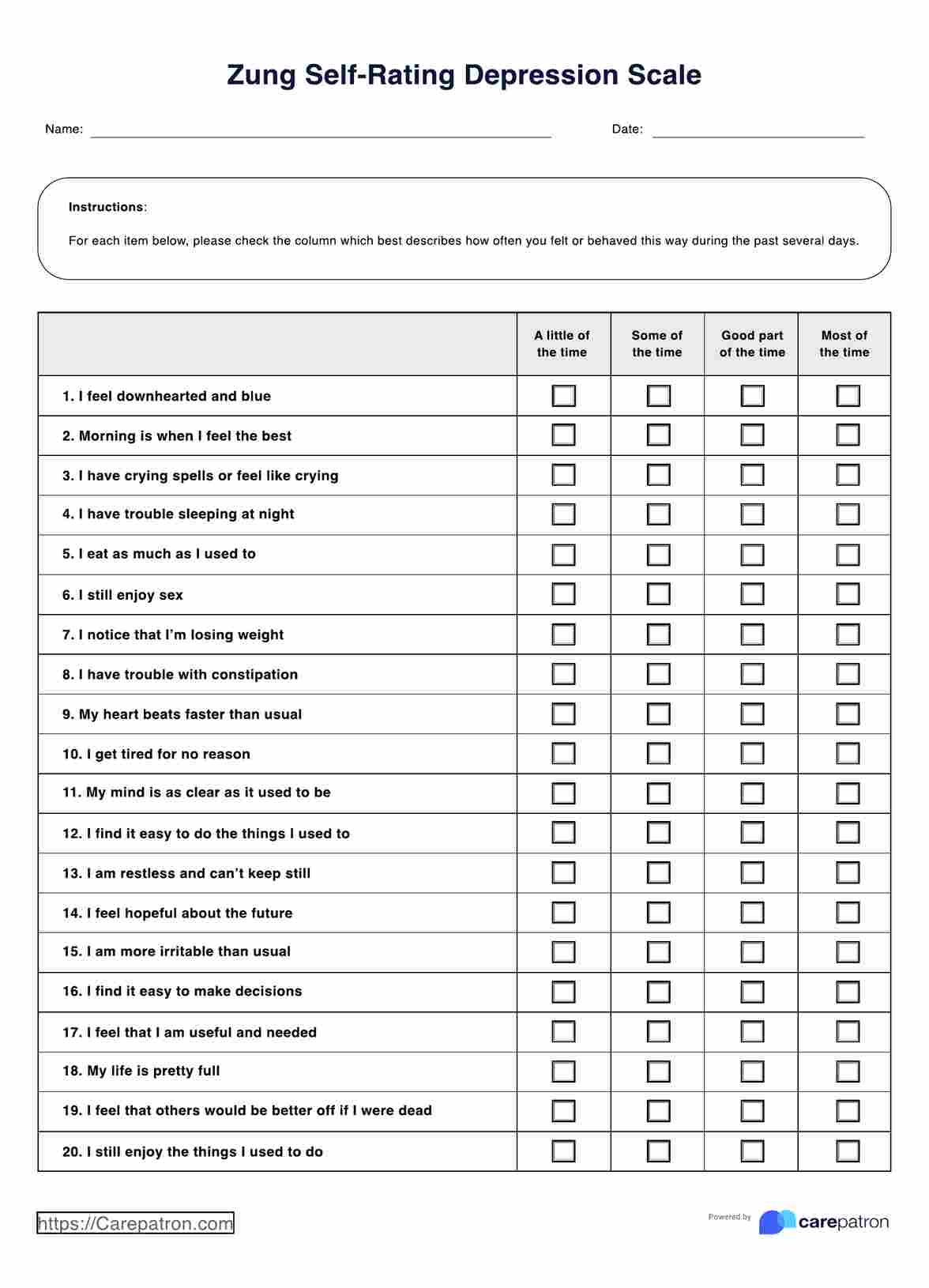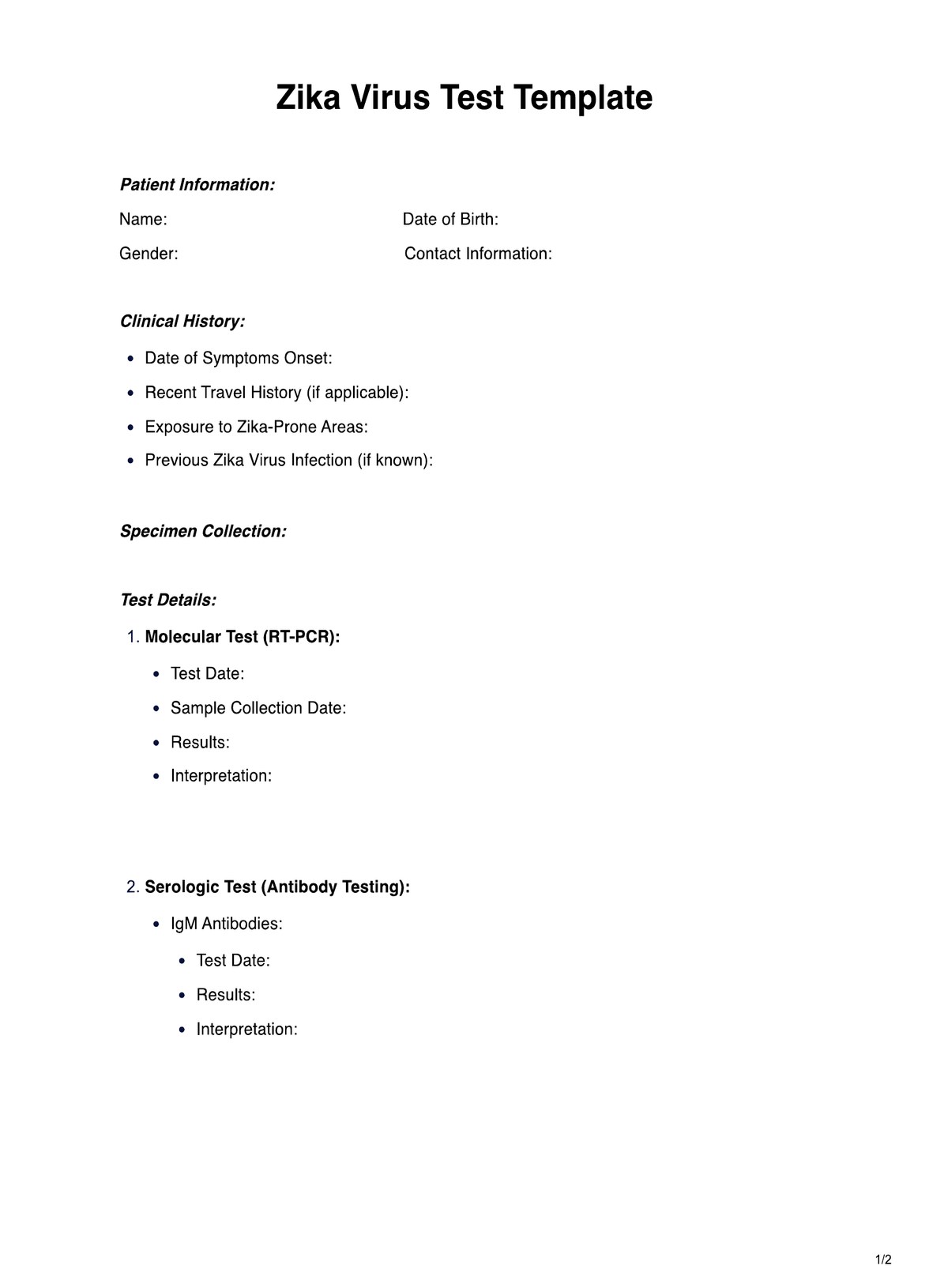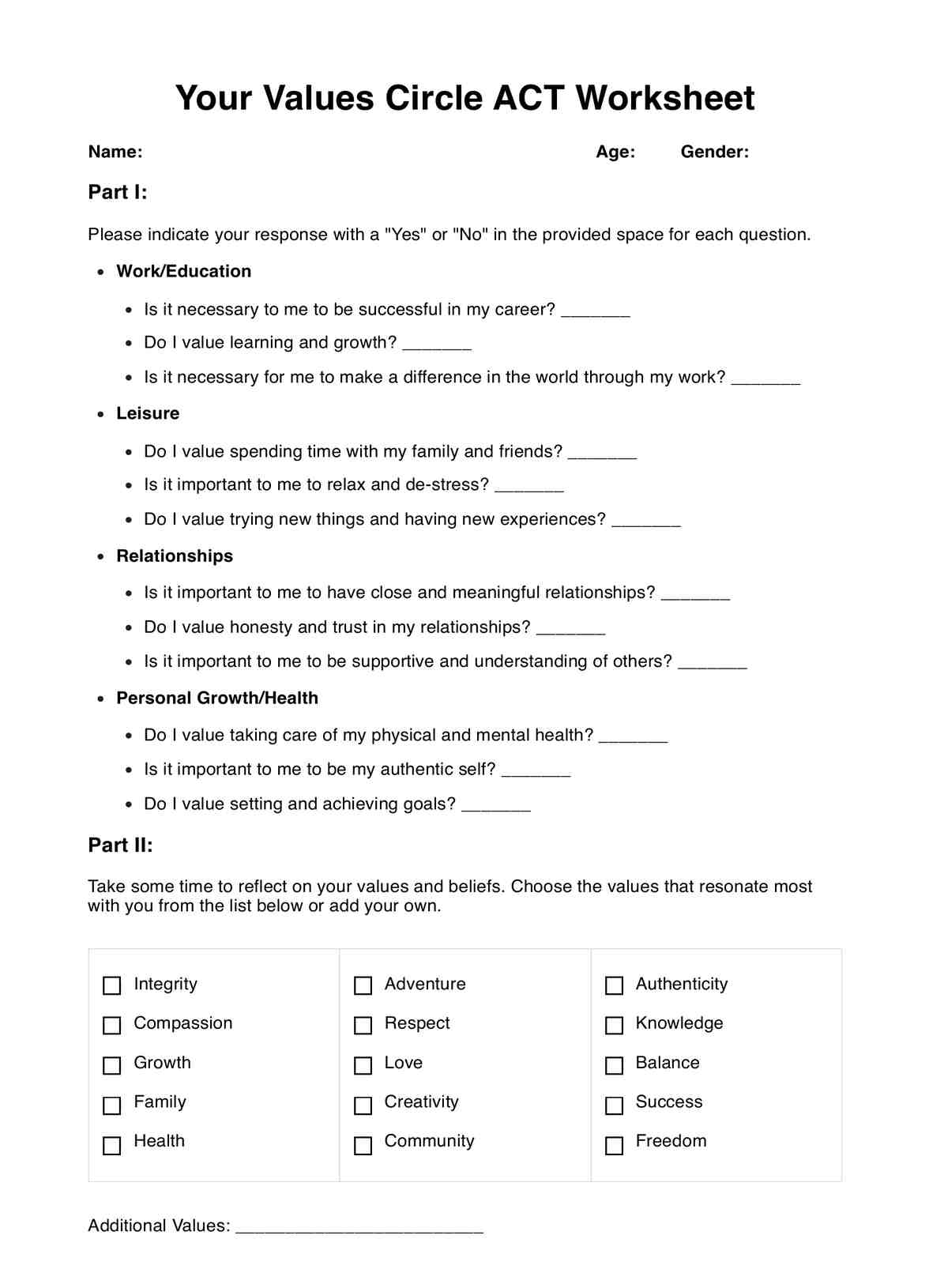Post-separation abuse refers to the ongoing use of coercive, controlling, or harmful behaviors by an abusive partner after a relationship has ended. It often targets vulnerable areas such as child custody, finances, and emotional well-being to maintain dominance or retaliate against the survivor.
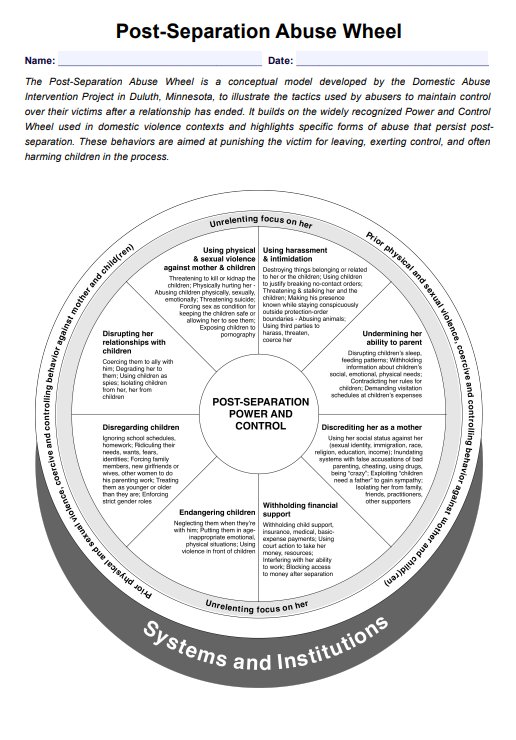
Post-Separation Abuse Wheel
Download a free Post-Separation Abuse Wheel PDF to understand the dynamics and impact of post-separation abuse in clinical and legal support contexts.
Post-Separation Abuse Wheel Template
Commonly asked questions
Common post-separation abuse tactics include harassment, stalking, legal manipulation, withholding child support, and undermining the survivor’s parenting. These actions are used to maintain power and create ongoing instability in the survivor’s life.
Post-separation abuse can involve emotional, financial, psychological, legal, and sometimes physical or sexual abuse. These behaviors often escalate in the aftermath of separation, especially during custody disputes or court proceedings.
EHR and practice management software
Get started for free
*No credit card required
Free
$0/usd
Unlimited clients
Telehealth
1GB of storage
Client portal text
Automated billing and online payments


